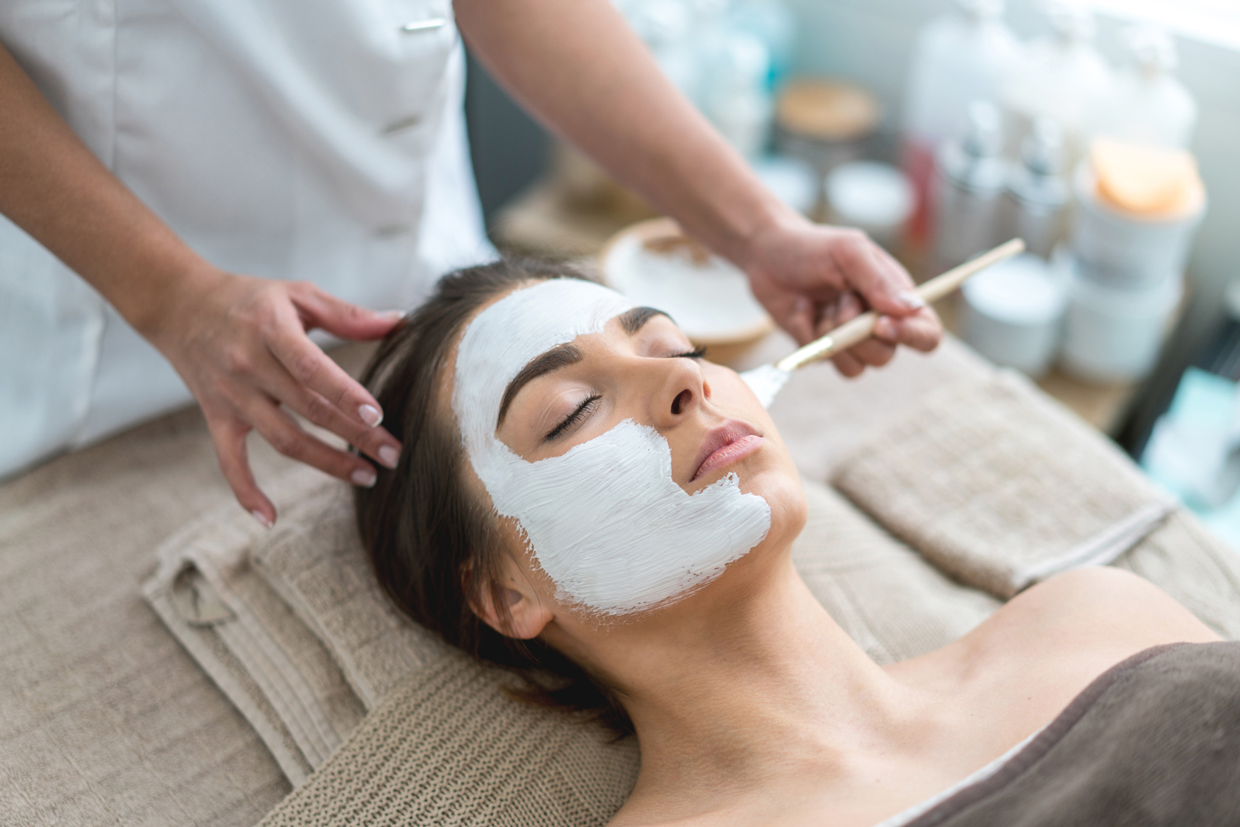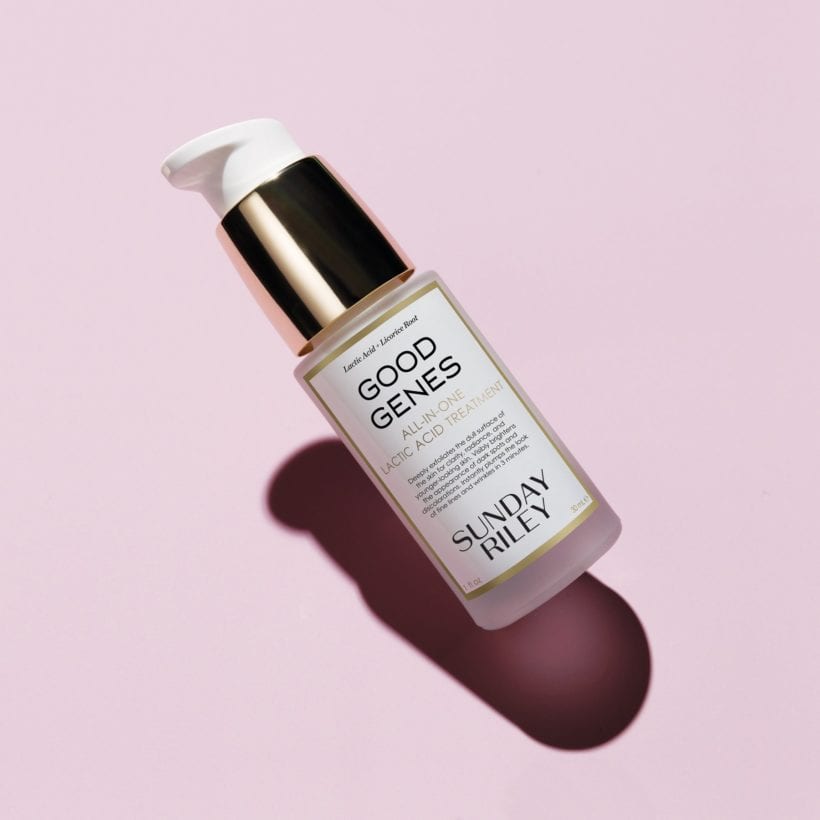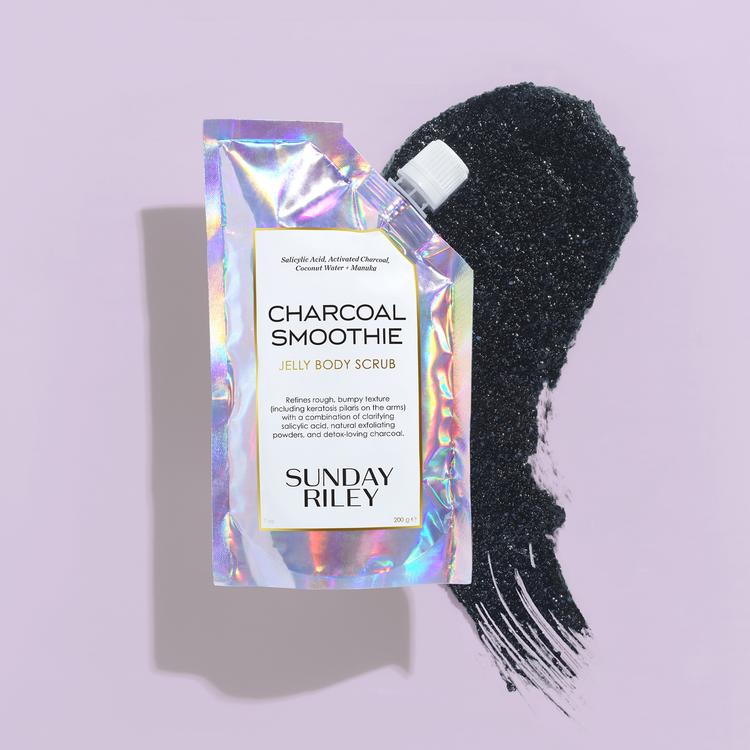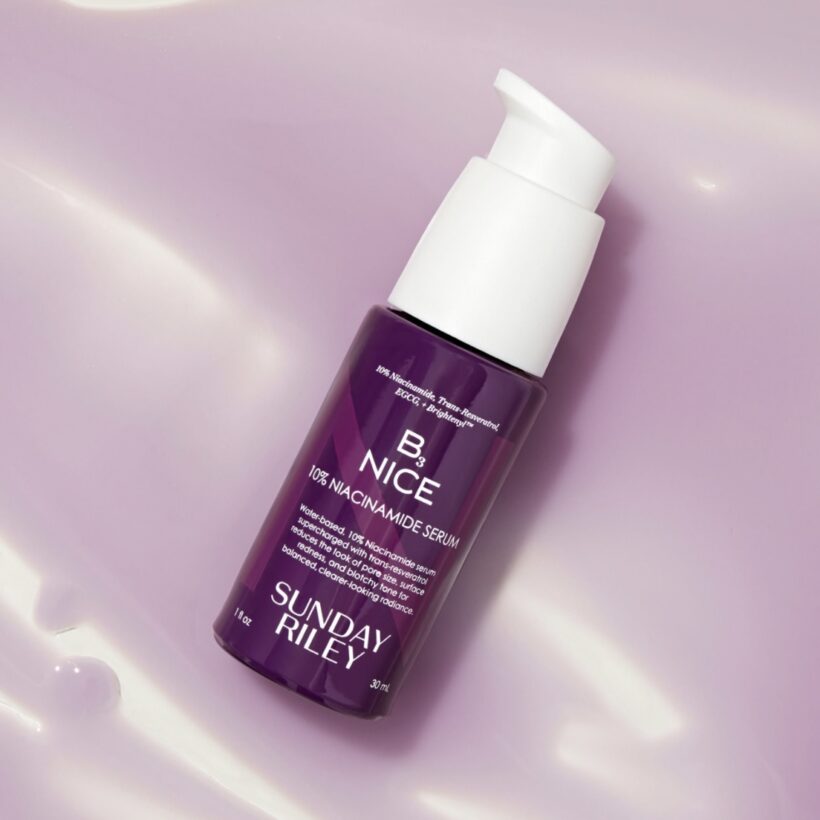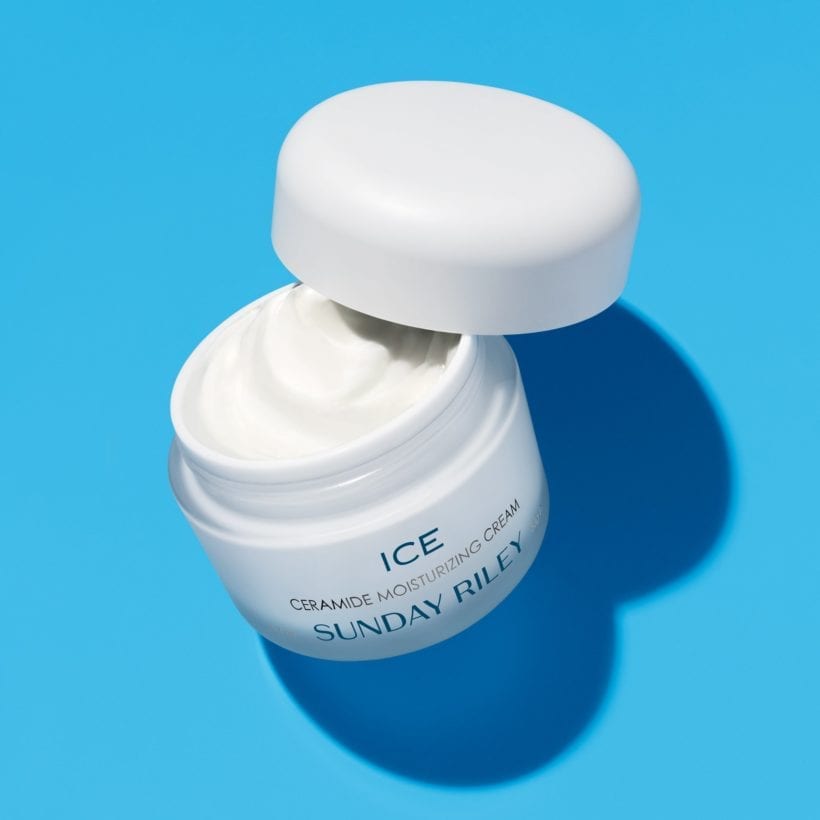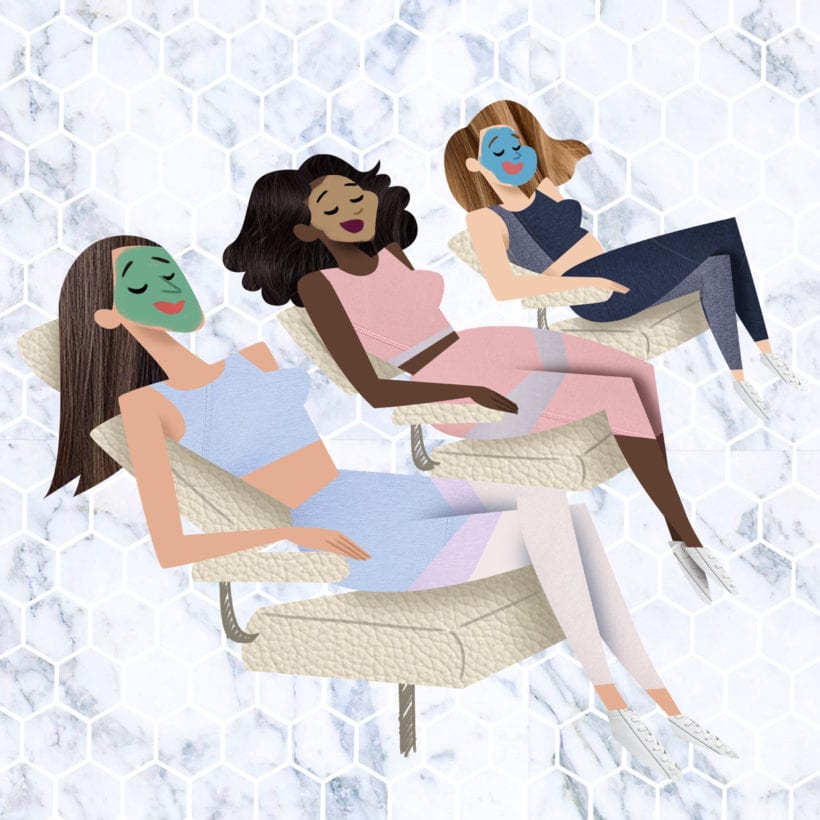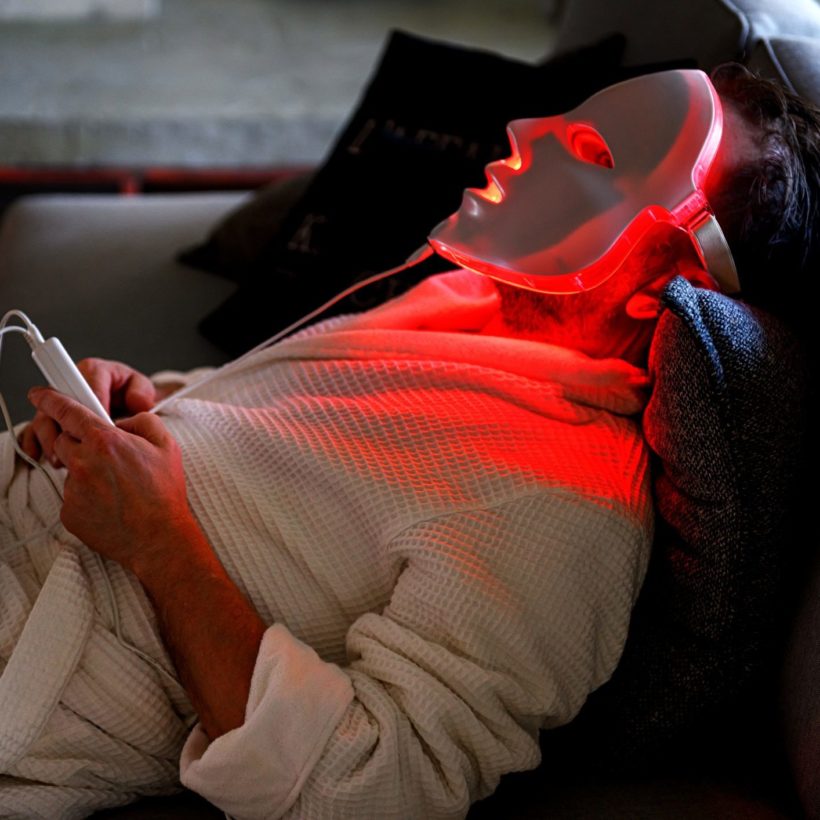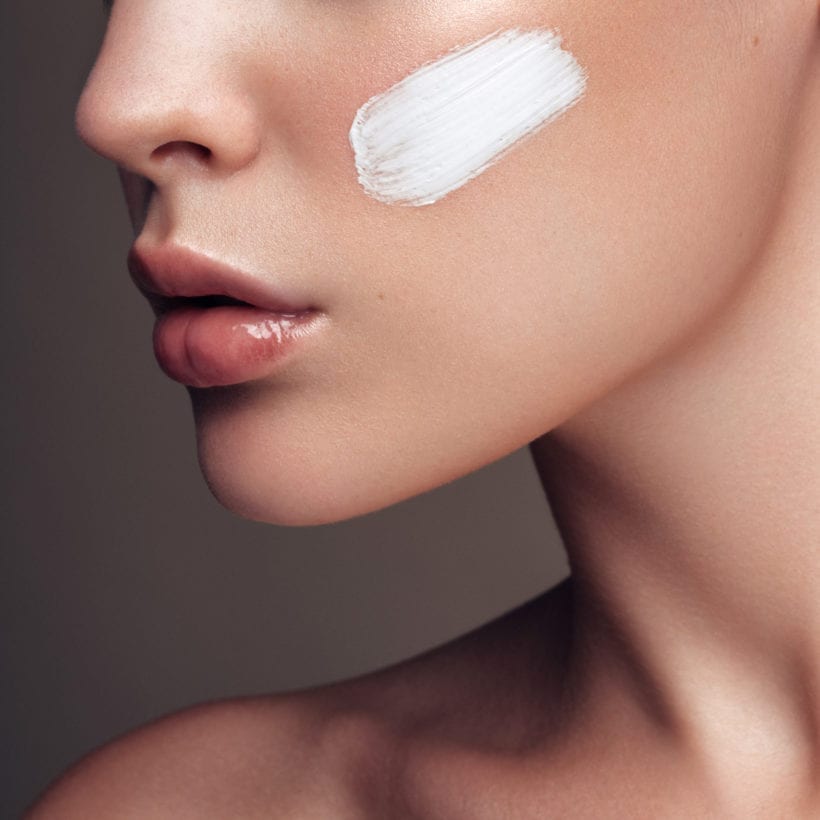During my first post-lockdown facial, I nearly cried. I have never been a regular — before the pandemic, I’d been maybe three or four times — but a trip to an esthetician was one of the first things I booked once I felt safe enough to re-enter the world, vaccine card in hand. Whether they’re a regular thing for you, a rare indulgence, or an item on your beauty bucket list, in-office professional facial treatments are in a class apart from your at-home skincare routine in part because licensed dermatologists and estheticians have tools and potions more powerful than what you can put your hands on.
Meet the Experts
Taylor Worden is a celebrity esthetician in New York.
Kyoko Getz is a licensed esthetician and co-founder of Olura.
Joshua Ross is a celebrity esthetician at SkinLab in Los Angeles.
“Professional facials are tailored for your skin type and skincare goals,” says New York-based celebrity esthetician Taylor Worden. “You may experience active ingredients, stronger peels, professional medical machines. For example, if you have dermaplaning done by a professional, they have been trained to use a sharper blade than what you would use yourself at home (like a tinkle razor).”
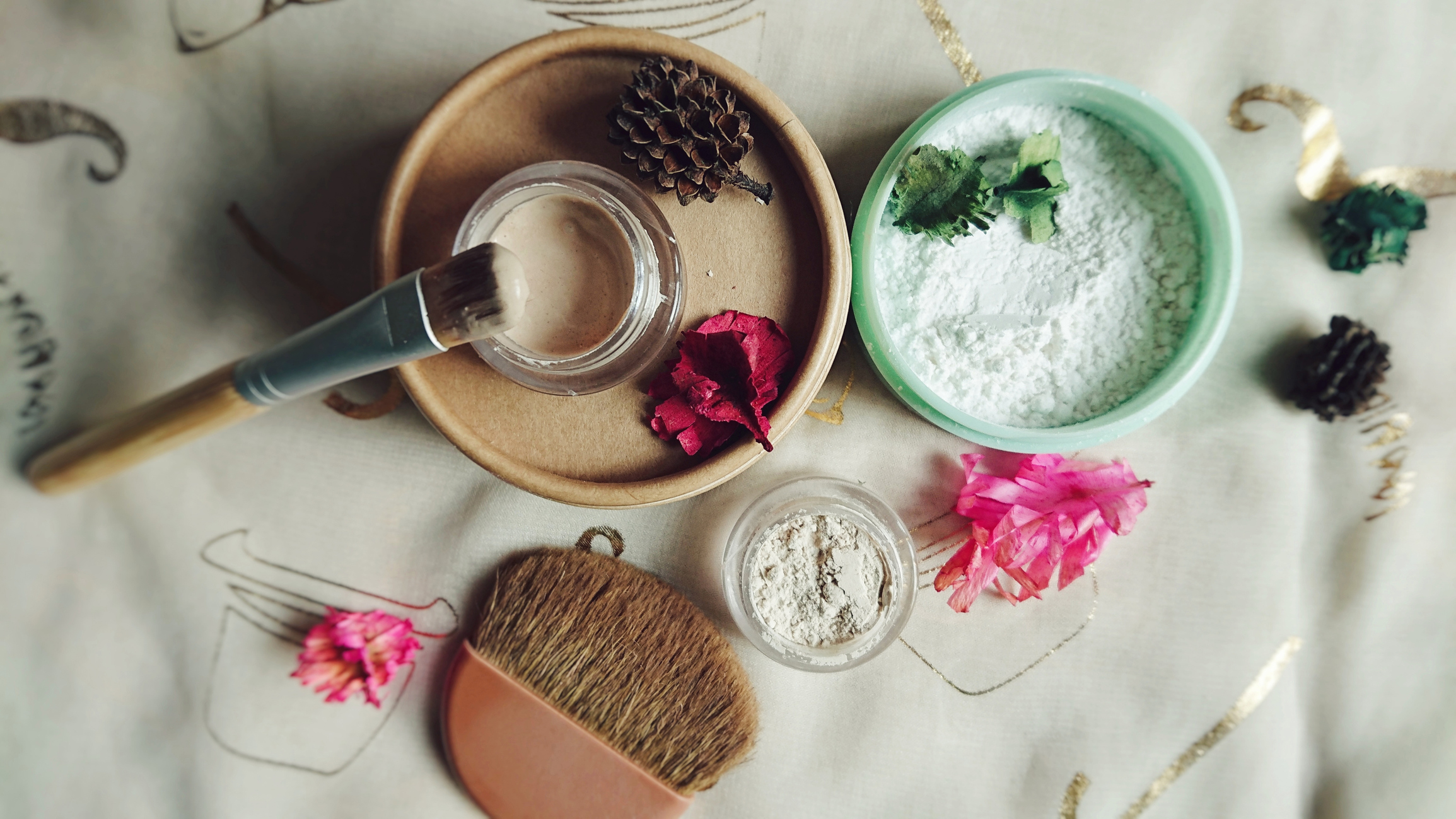
But facials are also powerful (and this is why I ran to get one) because they’re perhaps the one hour of your week where you’re being cared for, indulged, treated. “Consider licensed estheticians like personal trainers for your skin. They have knowledge and experience in treating various skin conditions, so they can guide you on the right path if you have any skincare conditions and/or skincare goals,” says Kyoko Getz, a licensed esthetician and co-founder of Olura. But more holistically, “licensed estheticians will assess your skin during the facial, and also ask you some questions about your lifestyle, diet, stress level, etc. Then they will be able to suggest effective treatments.”
Find the right facialist and you’ll never find yourself without self-care again.
How often should you get a facial to see results?
In an ideal world, estheticians recommend booking a visit once a month — more often if you have certain skin conditions. If you have acne, acne scarring, rosacea, eczema, deep lines, fine lines, or are hoping to see some lifting and toning, an esthetician may recommend coming in more often.
“If you’re treating specific concerns, such as acne, sometimes weekly or every other week facials are needed to get the acne under control before switching to maintenance facials,” says Joshua Ross, celebrity esthetician at SkinLab in Los Angeles. Of course, that’ll vary depending on what, exactly, your primary concern is.
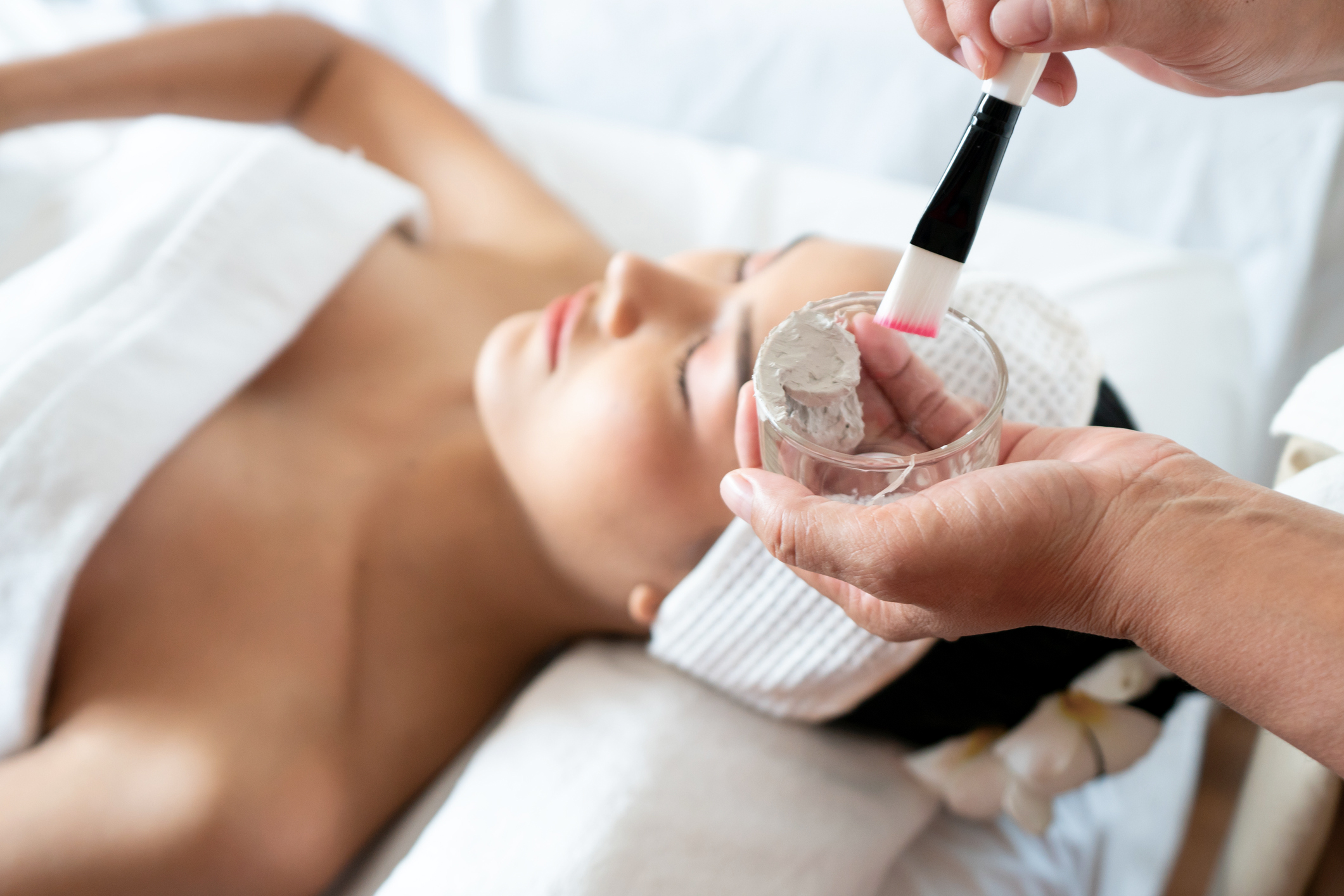
How long do benefits of a facial last?
The perks of a facial are immediate — think clear pores, smooth skin, and a radiant glow. And they get better over time. “The long-term benefits of a professional facial include preventing breakouts, managing signs of aging, and also promoting overall healthy quality and function of the skin,” says Ross, noting that the results will last about four to six weeks, with ongoing improvements if you get them consistently.
Also worth keeping in mind: A good skincare routine can keep that glow going. “Just like you think of combining diet and exercise, think of combining facials and a skincare regimen for optimal results,” says Ross. “You should lean heavily on your esthetician’s recommendations as opposed to trying new things you see on social media or based on what your friends are using, as everyone’s skin and needs are different.”
What are the disadvantages of facials?
The biggest drawback is the expense; while the cost largely depends on your esthetician, your location, and any various bells and whistles, facials can still add up over time. Keep in mind, however, that “facials from an expert can have more value than expensive skincare,” Ross says. “An expert can usually give you affordable options for at-home skincare to help you stay within your beauty budget.”
What are factors that impact how often you should get a facial?
The number of times you should get a facial isn’t just determined by the size of your wallet and the desire to get pampered. Your skin type and what kind of skin you want to have are influencing factors as well.
Skin type
If you’re acne-prone or well-acquainted with blackheads and clogged pores, for example, you might want to schedule a pro session every 2-3 weeks for proper extractions. If you have chronically dry skin, booking a facial every couple of weeks can help with exfoliation and hydration that will be beneficial for plumping skin. “There are so many different types of facials nowadays,” says Getz. “Relaxing massaging facials, laser facials, microcurrent facials, LED light facials, oxygen facials, peels…” If you have a skin concern, in other words, there’s a treatment for it.
Skin goals
Depending on what you want your skin to look like, you might want to vary how often you’re receiving a professional facial. For example, if you have a wedding or an event coming up, you might be eager to fend off any pesky whiteheads that are determined to make a guest appearance.
Are at-home facials still good for your skin?
As we mentioned, at-home care can go a long way. “Giving your skin a facial at home is great maintenance in between professional facials,” says Worden. After your regular cleanser and toner, the pros recommend four steps: exfoliate, nourish, massage, and protect.
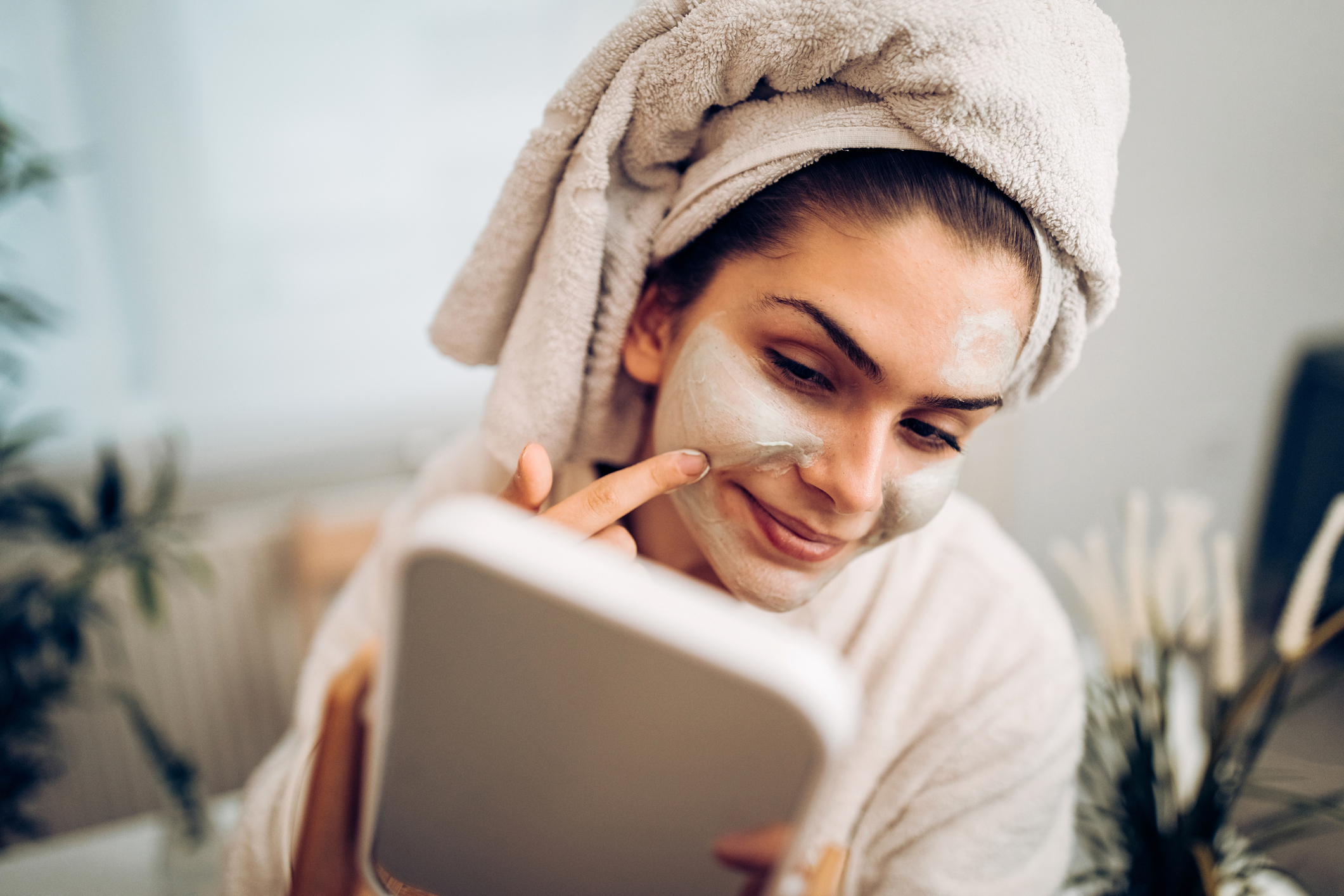
Exfoliate
“Don’t try to extract your skin,” says Worden. Picking at clogged pores or blemishes (as tempting as it is) can cause broken blood vessels, infection, or more breakouts. Leave that to the pros.
Instead, focus on gentle exfoliation to help keep skin even and clear in between professional treatments. “Gentle exfoliation using ultrasound technology, such as with the Eno Device, once or twice a week is beneficial to everybody. It exfoliates your skin without irritation and also hydrates your skin at the same time,” says Getz. The Eno uses a “gentle ultrasonic exfoliating spatula,” to gently give you a deep facial-like exfoliation at home, sweeping away dead skin and clogged pores. (On wet skin, you methodically go over your face as you would with a jade roller or dermaplaning device.) Just be careful not to go overboard and over-exfoliate.
If at-home facial devices aren’t your thing, Getz recommends an exfoliating treatment with AHA, which you can find in various intensities and formulas from peels to masks. (When in doubt, start with products labeled “gentle.”) “It will help your skin feel soft and smooth without causing tightness, redness, or irritation,” Getz says.
Nourish
After exfoliating, it’s important to replenish your skin’s moisture with a nutrient-infused serum and/or moisturizer just like the pros do. “Skincare is just like your diet. You want to ‘feed’ your skin with nutrients,” explains Getz. “Nourish your skin with a serum that has antioxidants, vitamins, lipids, and peptides, and that will make a big difference.”
Massage
“Increasing blood circulation and stimulating lymphatic drainage is very important for healthy skin,” says Getz. This is typically where the pros, trained in facial massage techniques, come in. But you can DIY the circulation-boosting, inflammation-reducing, de-puffing benefits at home with a little gua sha or jade roller.
If you want to up the ante, the experts we spoke to recommended devices that do dual duty with added ultrasound (like the Eno), toning and lifting Microcurrent (like the NuFace), or LED light therapy (like the Lightstim or SolaWave wands).
Protect
“Last but not least, please wear sunscreen during the day whether you are inside or outside,” says Getz. Look for SPF 30 or higher to protect your skin from the aging effects of the sun and cancer-causing UV rays.
We only recommend products we have independently researched, tested, and loved. If you purchase a product found through our links, Sunday Edit may earn an affiliate commission.
